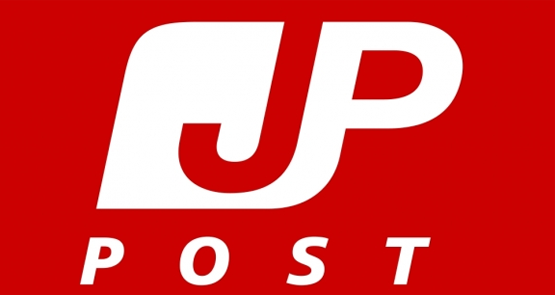
Still no bloodbath in banking. A 30% slump in its share price in the past year (and 14% so far in 2016), and there should have been death and disaster appearing in the latest financial results from the big banks and their balance sheets. But not a sign of any blood (red ink) in the first-quarter trading update from National Australia Bank this morning, just as there were no signs of any bombs in the half-year results of the Bendigo and Adelaide Bank yesterday, or the Commonwealth a week ago. In fact, all three results confirmed the banks are alive and thriving. Life isn’t as easy as it was a year or so ago, but all those claimed “headwinds” that would damage them — higher capital, interest rate pressures, contracting margins, intractable costs, bad debts (and that leak in the boardroom sink) — are under control, the plumber has been called and will be dropping in later today. NAB lifted cash earnings for the December quarter around 8% from a year ago to $1.7 billion, while statutory earnings were a solid $1.5 billion. The most interesting part of the announcement was the remark by the bank that its net interest margin increased in the quarter (CBA and Bendigo’s net interest margin contracted in their first half year). And driving the increase was those out of turn increases to investor loans last July and normal home loans last October. That’s another thing the analysts missed. — Glenn Dyer
Gloom from the north. Australia’s two major export markets released weak data yesterday, raising more questions about the strength of demand for some of our key exports, such as iron ore, oil, coal, LNG and services, and placing further pressure on our terms of trade. China’s trade data for January was terrible — exports down 11%, imports off nearly 19%. While lower prices accounted for much of that, the main drivers were lower volumes for many commodities. Japan, second-biggest export market, reported yesterday that its fourth-quarter GDP went backwards at a faster rate than forecast or expected, raising questions about the government’s economic strategy and the Bank of Japan’s efforts to boost growth. The economy contracted at an annual rate of 1.4% in the fourth quarter (which could be trimmed in the next estimates in a month’s time). But the market reaction was highly amusing — after plunging 11% last week and triggering selling bouts around the world, Japan’s market soared 7% yesterday (after oil prices rose on Friday, which is bad news for energy-short Japan). The yen fell a bit, but nowhere near enough to offset the sharp rise in the past fortnight or so. But the reason for the surge was expectations among investors that the Bank of Japan will do more to help the economy by expanding its cheap money regime. Now that is the height of stupidity because the Bank of Japan’s two big bouts of spending have done nothing to help the economy rebound, boost private demand, lower the yen and drag the economy out of the deflationary run. — Glenn Dyer
Tale of two miners. Rio Tinto maintained at A, Anglo American chopped to junk. Rio remains an A-rated company, though on a negative outlook at S&P after last week’s dividend-cut promise in its annual results. Rio though keeps its valuable A-minus rating, but S&P warned that could be cut “if the Chinese economy experienced a worse-than-anticipated slowdown, leading to prolonged weaker demand for iron ore, aluminium, and copper”, Standard & Poor’s said in a statement. After yesterday’s weak trade figures and nearly 19% slide in imports in December (but not copper and iron ore, two of Rio’s main commodities, which rose), the Chinese economy is starting 2016 in a very low gear.
But for Anglo American, now a slimming, fallen giant, the news from Moody’s was not so promising: it cut Anglo America’s rating to Ba3 from Baa3. That’s junk territory. Anglo has already sold off its tarnished gold assets and is busy closing or selling coal and other assets — its Brazilian iron ore operations remain a black hole and will never make money unless prices surge past US$100 a tonne, according to most analysts. This time it’s weak platinum prices (one of Anglo’s remaining big investments, along with diamonds). Justifying its cut, Moody’s said the downgrade “reflects Moody’s view that the current environment is not a normal cyclical downturn, but a fundamental shift in the operating environment for the global mining sector”. And that applies to all miners. But the quiet cheering you can hear in Perth and Melbourne today is for the news of a 6% jump in iron ore prices overnight (with Chinese buyers back in the market) to a three-month high of US$46.26. — Glenn Dyer







Crikey is committed to hosting lively discussions. Help us keep the conversation useful, interesting and welcoming. We aim to publish comments quickly in the interest of promoting robust conversation, but we’re a small team and we deploy filters to protect against legal risk. Occasionally your comment may be held up while we review, but we’re working as fast as we can to keep the conversation rolling.
The Crikey comment section is members-only content. Please subscribe to leave a comment.
The Crikey comment section is members-only content. Please login to leave a comment.